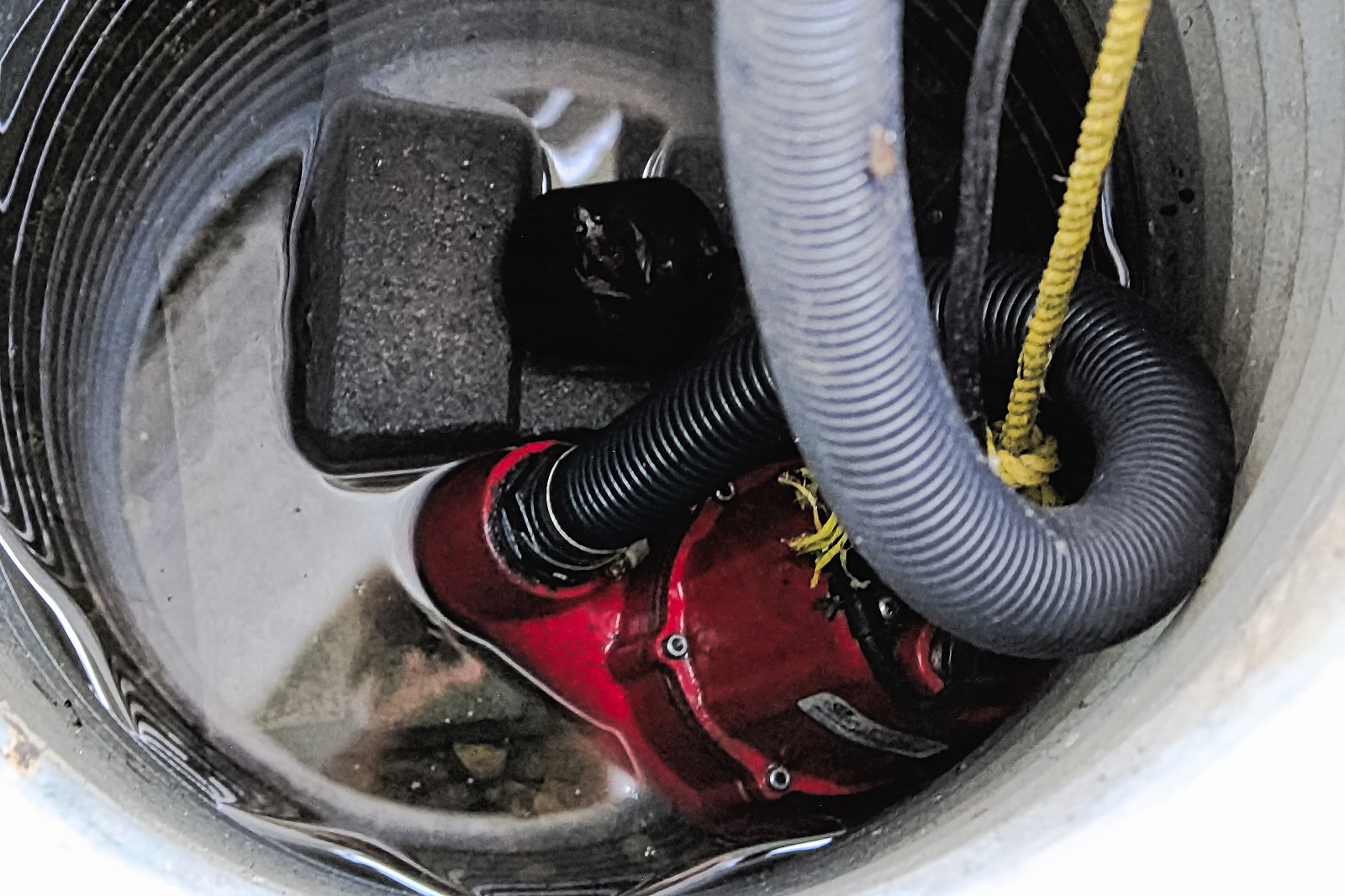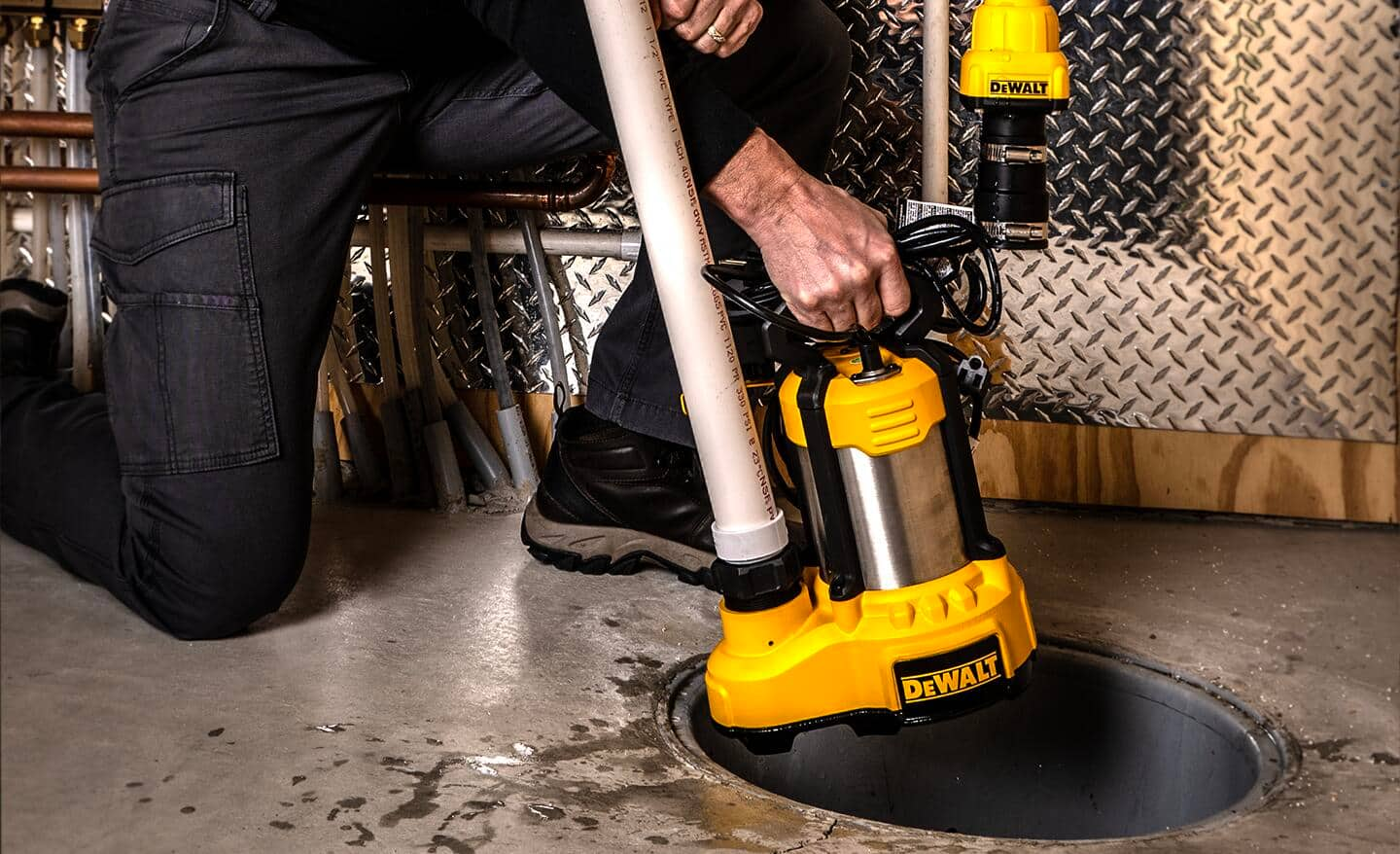Useful Tips for Caring for a Sump Pump
Useful Tips for Caring for a Sump Pump
Blog Article
The article author is making a few great annotation regarding How to Care for Your Sump Pump overall in this great article underneath.

Sump pumps are crucial parts in several homes, especially in areas prone to flooding or too much wetness. They help stop water damage by successfully removing excess water from cellars or crawl spaces. However, like any other appliance, sump pumps need normal upkeep to ensure they operate effectively when required the most. Cleaning your sump pump is a crucial part of its upkeep, and understanding how to do it properly can conserve you from expensive fixings and potential catastrophes.
Introduction
Keeping a clean sump pump is essential for its proper performance and durability. Disregarding this essential task can lead to blockages, malfunctions, and inevitably, water damage to your building. Consequently, finding out how to clean a sump pump is crucial for house owners who count on these tools to keep their cellars dry and protected.
Signs of a Dirty Sump Pump
Recognizing when your sump pump needs cleansing is vital for preventing possible breakdowns. Some common signs that show a dirty sump pump consist of odd sounds during operation, decreased water flow, and visible debris in the pit. If you notice any of these signs and symptoms, it's essential to cleanse your sump pump promptly to avoid any further problems.
Planning for Cleansing
Before you begin cleaning your sump pump, it's necessary to take some security preventative measures. Beginning by turning off the power to the pump to avoid any type of electrical mishaps. In addition, put on proper safety gear, such as gloves and safety glasses, to shield on your own from dirt, debris, and potential microorganisms.
Understanding the Sump Pump
Before diving into the cleansing procedure, it's important to have a standard understanding of how a sump pump works. Normally set up in a pit or container listed below the basement floor, a sump pump consists of numerous key components, including a pump, a float switch, and a discharge pipe. When water gathers in the pit, the float switch turns on the pump, which then pumps the water out through the discharge pipe, away from the structure's structure.
Detailed Overview to Cleaning Up a Sump Pump
Shutting Off the Power
Begin by detaching the power supply to the sump pump to stop any type of accidents while cleaning.
Looking For Proper Functioning
Before reinstalling the pump, execute a quick examination to make sure that the float button triggers the pump appropriately. Put some water into the sump pit and observe the pump's operation. If everything is functioning appropriately, you can rebuild the pump and reconnect the power supply.
Getting Rid Of Particles and Dirt
Utilize a pail or a scoop to remove any visible particles, dust, or sediment from the sump pit. Dispose of the particles effectively to prevent it from blocking the pump or the discharge pipeline.
Cleaning the Pump and Float Switch
When the pit is clear of debris, very carefully eliminate the pump from the pit. Evaluate the pump and the float switch for any indications of damages or wear. Use a soft brush or towel to cleanse the surfaces and remove any type of collected crud.
Flushing the System
After cleansing the pump and float button, purge the sump pit with clean water to get rid of any type of continuing to be dirt or debris. This will help make certain that the pump runs smoothly and successfully.
Maintenance Tips to Maintain Your Sump Pump Clean
In addition to periodic cleaning, there are several maintenance suggestions you can follow to keep your sump pump in optimum condition:
Verdict
Cleansing your sump pump is a critical element of its upkeep and ensures that it runs properly when you need it the most. By following the steps outlined in this guide and including regular maintenance into your routine, you can extend the life-span of your sump pump and shield your home from water damage.
6 STEPS ON HOW TO CLEAN A SUMP PUMP PROPERLY
UNDERSTANDING SUMP PUMPS
Your sump pump plays a crucial role in protecting your home by managing and removing excess water. It primarily functions as a “shield”, guarding your basement against the damaging effects of water accumulation. The pump is housed in a sump pit in the lowest part of your basement, and its job is to pump out any water that collects there.
During heavy rainfalls or when snow melts rapidly, water can infiltrate your basement, posing potential risks like flooding, structural damage, and harmful mold growth. Here, the sump pump springs into action, pumping out the intruding water and directing it away from your home.
SAFETY FIRST
Before cleaning, remember to prioritize safety. Disconnect the sump pump from the power source to prevent any accidental electric shocks. Also, wear sturdy gloves to protect your hands from any sharp or dirty components within the pump.
REMOVE THE SUMP PUMP
After ensuring your safety, the next step is to remove the sump pump from its pit. Doing this might require careful maneuvering as you don’t want to damage any pump components. Once removed, clean the sump pit to remove any accumulated debris or sludge.
INSPECT THE PUMP
Inspect the pump for any visible signs of wear or damage. Check the power cord, float switch, and impeller housing. If any components look worn out or damaged, consider replacing them to ensure optimal performance.
CLEAN THE PUMP
Thoroughly clean the pump with warm, soapy water. Make sure to rid it of any dirt, gravel, or other debris that might impede its performance. You can use a toothbrush to clean the small, hard-to-reach parts of the pump.
REINSTALL THE SUMP PUMP
Reinstall the pump into the sump pit Make sure it’s positioned correctly to remove the water effectively Once it’s back in place, reconnect it to the power source TEST THE PUMP
Finally, pour some water into the pit to ensure the pump works correctly. It should start automatically and begin pumping out the water; if it doesn’t, check the power source and the positioning of the pump.
Remember, while cleaning your sump pump is an essential part of home maintenance, hiring a professional plumber for a thorough inspection and cleaning at least once a year is also important. This will ensure that your pump is in optimal condition, ready to protect your home from potential water damage.
BEST PRACTICES FOR CLEANING SUMP PUMP DISCHARGE PIPES
Regular Inspection: Regularly inspect your discharge pipes, especially during heavy rainfall or snowmelt periods. Look for any signs of blockage or damage. Early detection of problems can prevent serious issues down the line. Periodic Cleaning: Over time, sediment and debris can accumulate in the discharge pipes, impeding the flow of water. Regular cleaning helps keep the pipes clear and functioning efficiently. You can use a high-pressure water jet to effectively clean the pipes. Insulation During Winter: In colder climates, discharge pipes can freeze, blocking the outflow of water. Protect your discharge pipes from freezing temperatures by insulating them with foam pipe insulation. This will ensure the sump pump can continue to discharge water even in freezing conditions. Proper Positioning: The discharge pipe should be positioned to direct water away from your home’s foundation. Improper positioning can lead to water seeping back into the basement. Ensure the pipe is long enough and angled correctly. Installation of a Check Valve: A check valve prevents water from flowing back into your sump pit after the pump has pushed it out. Installing a check valve helps maintain the efficiency of your sump pump and reduces the risk of flooding. Minimize Pipe Turns: Every curve or turn in the discharge pipe can decrease the efficiency of water flow. By minimizing turns and bends in your discharge pipe, you can increase the efficiency of your sump pump. https://www.fullspeedplumbing.com/how-to-clean-a-sump-pump-properly9999/

I'm certainly very occupied with How to Care for Your Sump Pump and I really hope you appreciated the new piece. Do you know anybody else who is truly interested in the subject? Please feel free to share it. Thanks for your time. Please pay a visit to our site back soon.
Booking Report this page